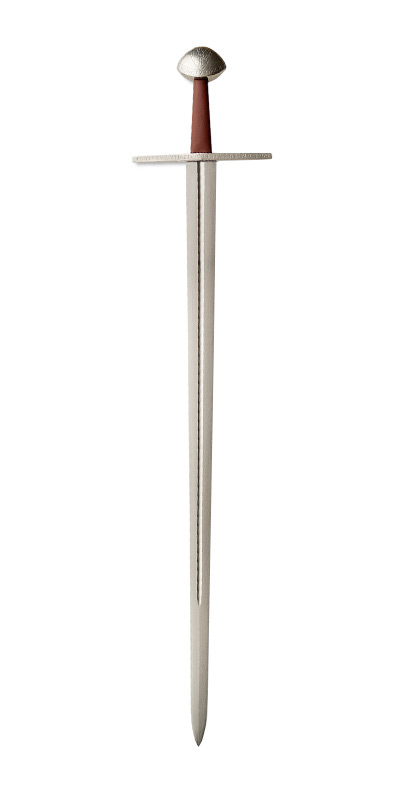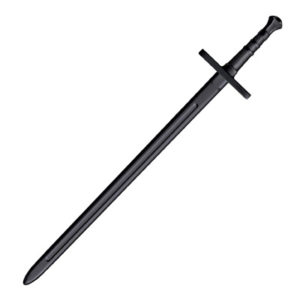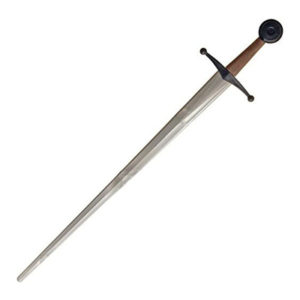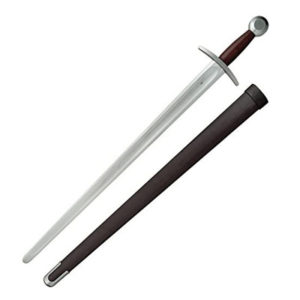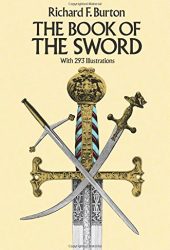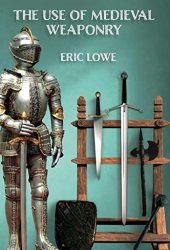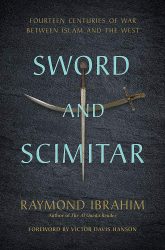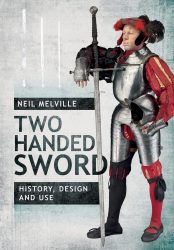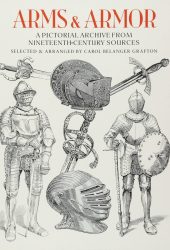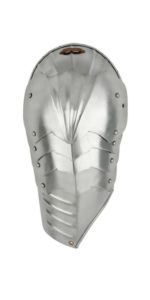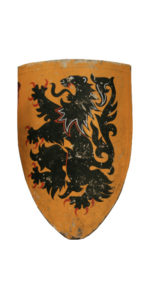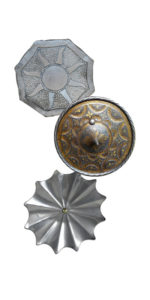The Arming Sword (also known as a knightly sword) is the single-handed cruciform sword of the High Middle Ages. It was a straight, double-edged weapon with a single-handed hilt and a blade length of about 28 to 31 inches (70 to 80 centimeters).
The arming sword was in common use between ca. 1000 and 1350, and it’s frequently depicted in period artwork.
Many European sword blades of the high medieval period have blade inscriptions (popular during the 12th century). These are usually garbled strings of letters apparently inspired by religious formulae.
The term “arming sword” in late medieval usage specifically refers to the weapon being used as a side-sword.
History of the Arming Sword
The knightly sword developed in the 11th century from the Viking Age or Carolingian sword, with the most evident morphological development being the crossguard’s appearance. These swords began to exhibit a more slender blade geometry, moving the center of mass closer to the hilt to improve weldability.
The arming sword was the standard military sword of the knight. In the late medieval period, when the longsword came to predominate, the single-handed sword was retained as a common sidearm.
Types of Arming Swords
Morphology
- Type X (the Norman sword developed out of the early medieval Viking sword during the 11th century)
- Type XII (a tapering blade with a shortened fuller and a further development typical throughout the Crusades)
- Type XIII (the knightly sword typical of the later 13th century)
- Subtype XIIIa (longer blades and hilts)
- Subtype XIIIb (smaller single-handed swords of similar shape)
Using Arming Swords
The one-handed sword of the high medieval period was typically used with a shield or buckler. In the absence of a shield, the empty (normally left) hand could be used for grabbing or grappling opponents.
The arming sword was overall a light, versatile weapon used for cutting and thrusting. It normally boasts excellent balance.
These swords became either increasingly squat and heavily pointed, or longer and heavier in design, which seems to reflect two separate methods of combat against increasingly tough armour: Make the blade sufficiently heavy-duty to inflict blunt trauma, or narrow-pointed enough to pierce it with a thrust.
The arming sword was worn by a knight even when not in armour, and he would be considered ‘undressed’ for public if he were without it.
Image Gallery: Arming Swords in Medieval Manuscripts & Art
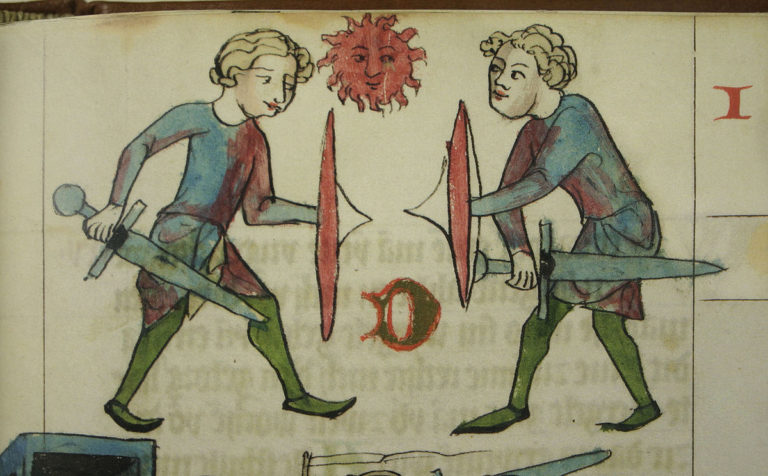
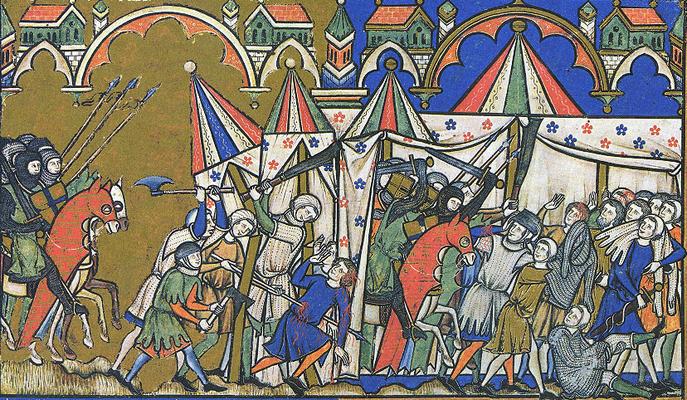
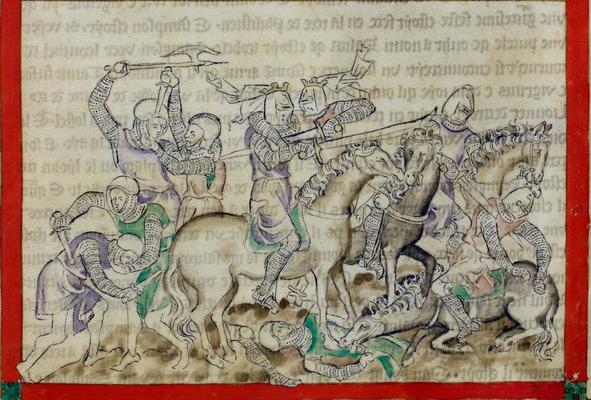
Famous Arming Swords and Where to See Them
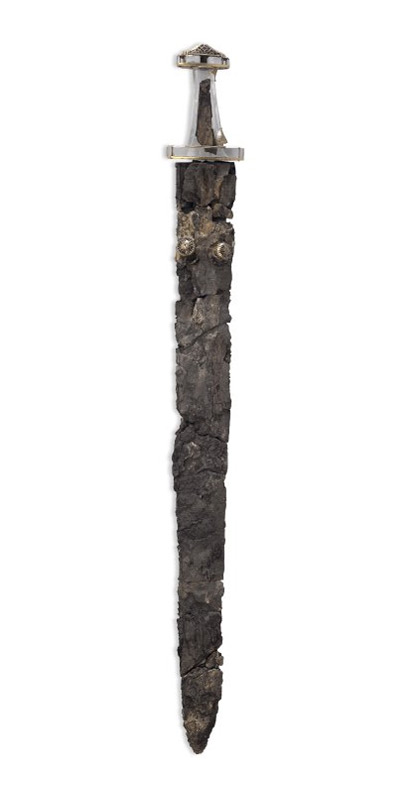
The Sutton Hoo Sword
The Sutton Hoo sword was found in the famous Mound 1 ship burial at Sutton Hoo, Suffolk England, dated to the early 7th century.
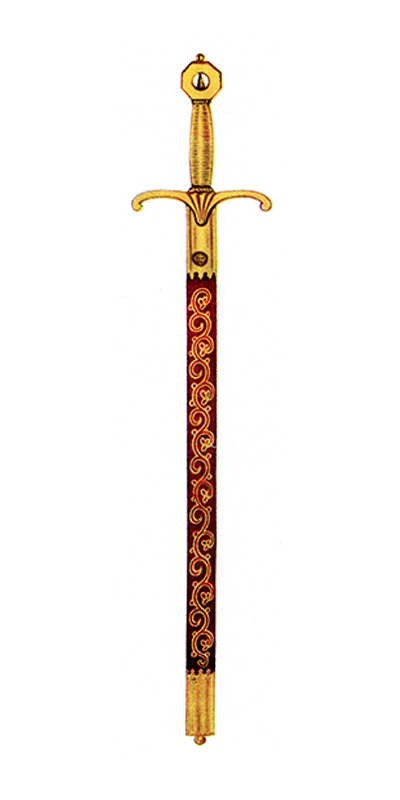
Curtana or the Sword of Mercy
Curtana is a ceremonial sword used at the coronation of British kings and queens. The sword is a copy made in the 17th century.
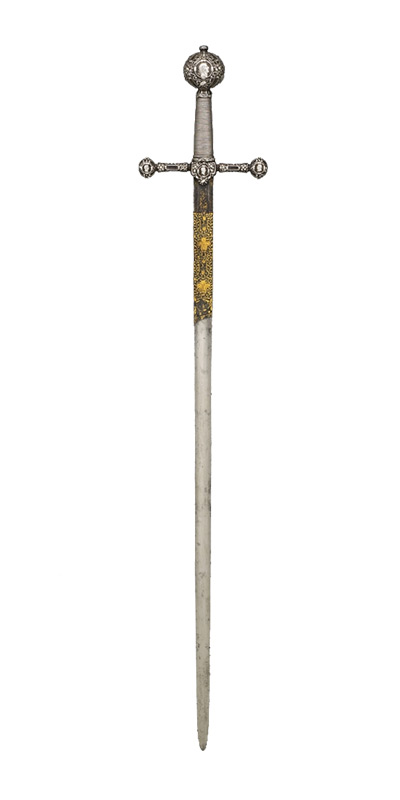
Sword of Henry, Prince of Wales
The richness of this royal sword, the Sword of Henry, is further enhanced by the decoration on the blade. c. 1610 – 1612.

